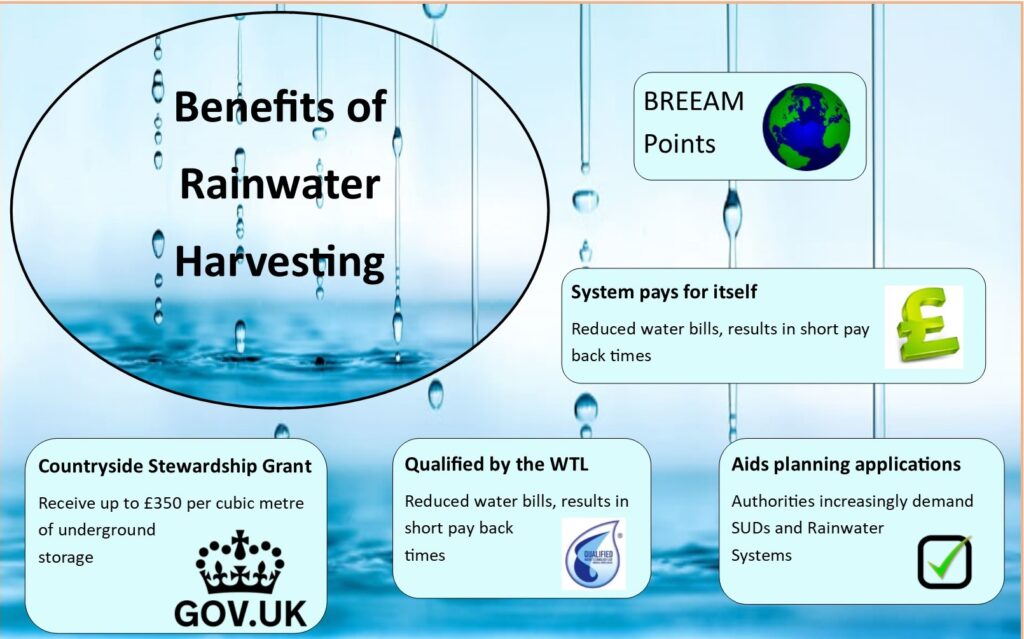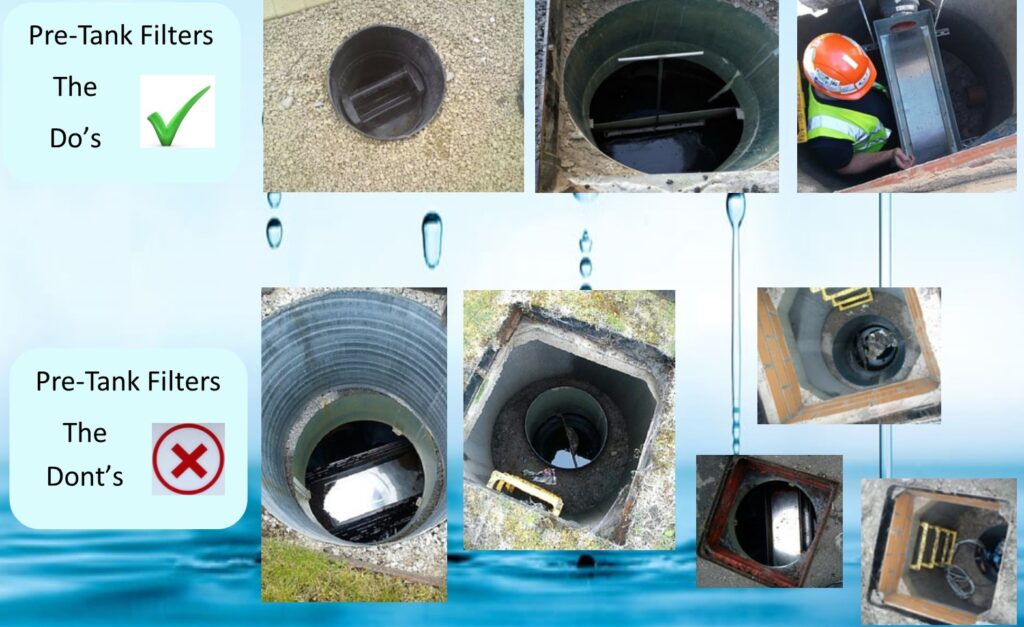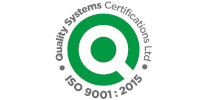Rainwater Harvesting
Harvesting rainwater is the collection of water directly from the surface(s) it falls on. This water would otherwise have gone directly into the drainage system or been lost through evaporation and transpiration. The collection of rainwater is one of the easiest ways you save water, money and energy.
At BSE 3D one of our goals is to assist developers and architects on planning these systems into future builds. Using the knowledge we gain from professionals we can even install within existing developments, homes and businesses.
The demand for mains water has increased over the last 30 years by 70% and population growth is a major factor together with a fourfold increase in households.

All types of roof material and pitch are taken into consideration from clay tiles to green roofs.
BREEAM & BS8515 – calculations can be based on either the rainfall yield from the roof area or the water demand, based on the occupancy for example:
- ROOF AREA: Collections area x annual rainwater yield x yield coefficientcy x hydraulic filter efficiency x
- 0.05 (5% annual yield) = tank size
- DEMAND: Annual non potable water demand = daily requirements per person x occupancy x 365 x 0.05
Rainwater storage tanks can be stored either above ground or below ground.
- Above ground either sectional or single piece – 1m3 up to 700m3
- Below ground between 1m3-170m3 in a single vessel – greater capacities when linked
Pre-tank filter systems should include a filter which:
- Is water and weather resistant
- Is removable and readily accessible for maintenance purposes
- Has an efficiency of at least 90%
- Passes a maximum particle size of <1.25mm

There are 3 types of commercial rainwater harvesting systems:
- Non Pressurised with break tank (either above of below ground) – Gravity feed rainwater is channelled from the roof into the storage tank from a header tank.
- Combi with above ground tank – Water is stored ready for distribution, allowing mains water top up.
- Pressurised – Direct feed and no header tank and flows via a pressurisation unit.
Rainwater harvesting gives us the unique choice to use on many applications from washing the car to waste systems.
Maintenance of the system is dependant on the local environment and the hardness of the mains water.
- Guttering – annual inspection
- Pre-tank filter – monthly in first year, quarterly thereafter
- Underground tank – annual inspection
- Tank management – quarterly service
- Processor Unit – six monthly service
- Header tank – six monthly service
- UV Disinfection – yearly service and bulb change
Getting it right from the outset is essential
- One supplier for complete system
- Environmental, financial and social benefits for all
- Detailed specification. Get your chosen manufacturer involved as soon as possible
- Use a specialist – let them do it for you
- Remember – this will be operational for a long time
When installing any rainwater harvesting system always seek advice from the manufacturer.
Talk to Our Expert Team
Our expert team of building services consultants are here to help. If you would like to learn more about the range of services we offer, please get in touch for an informal discussion about your needs and requirements.






